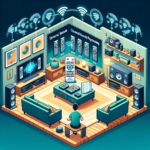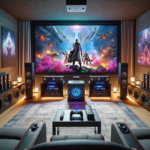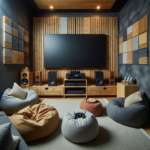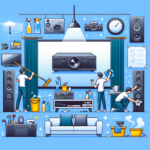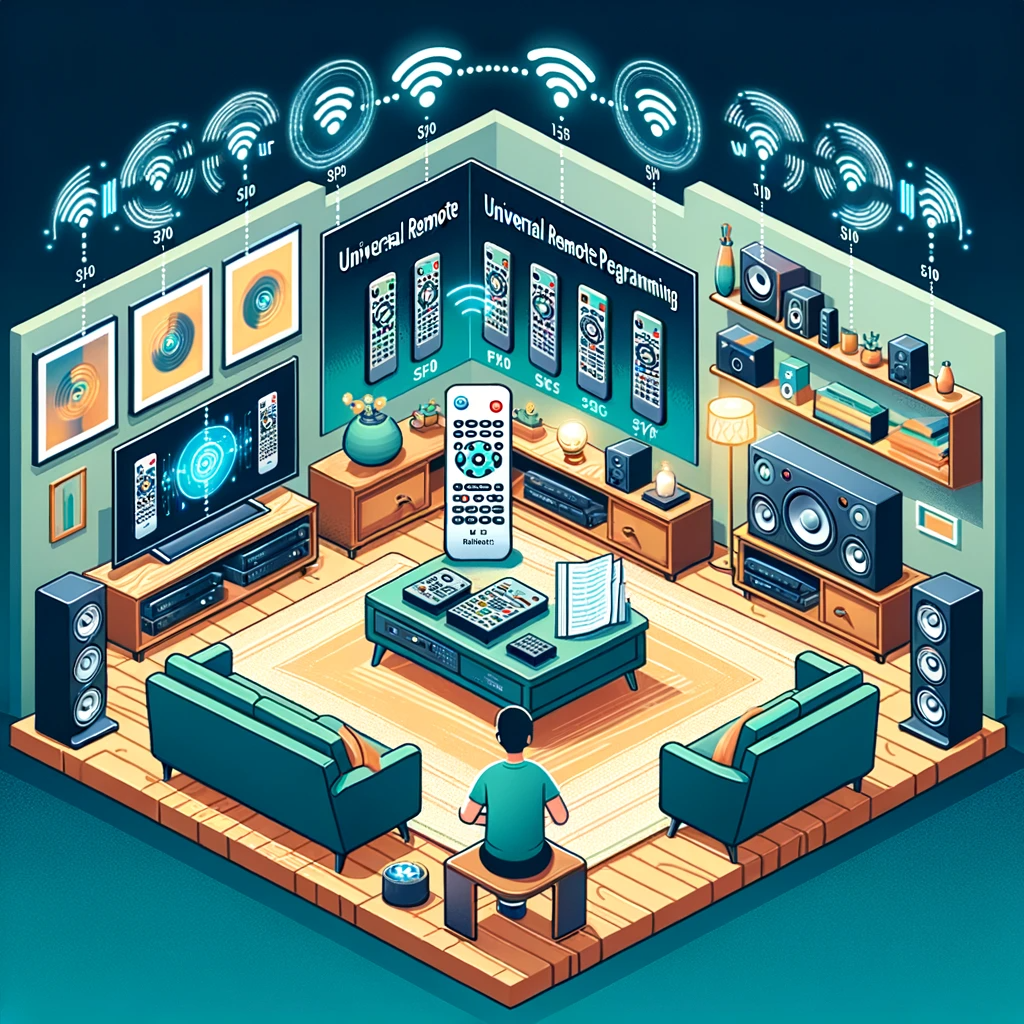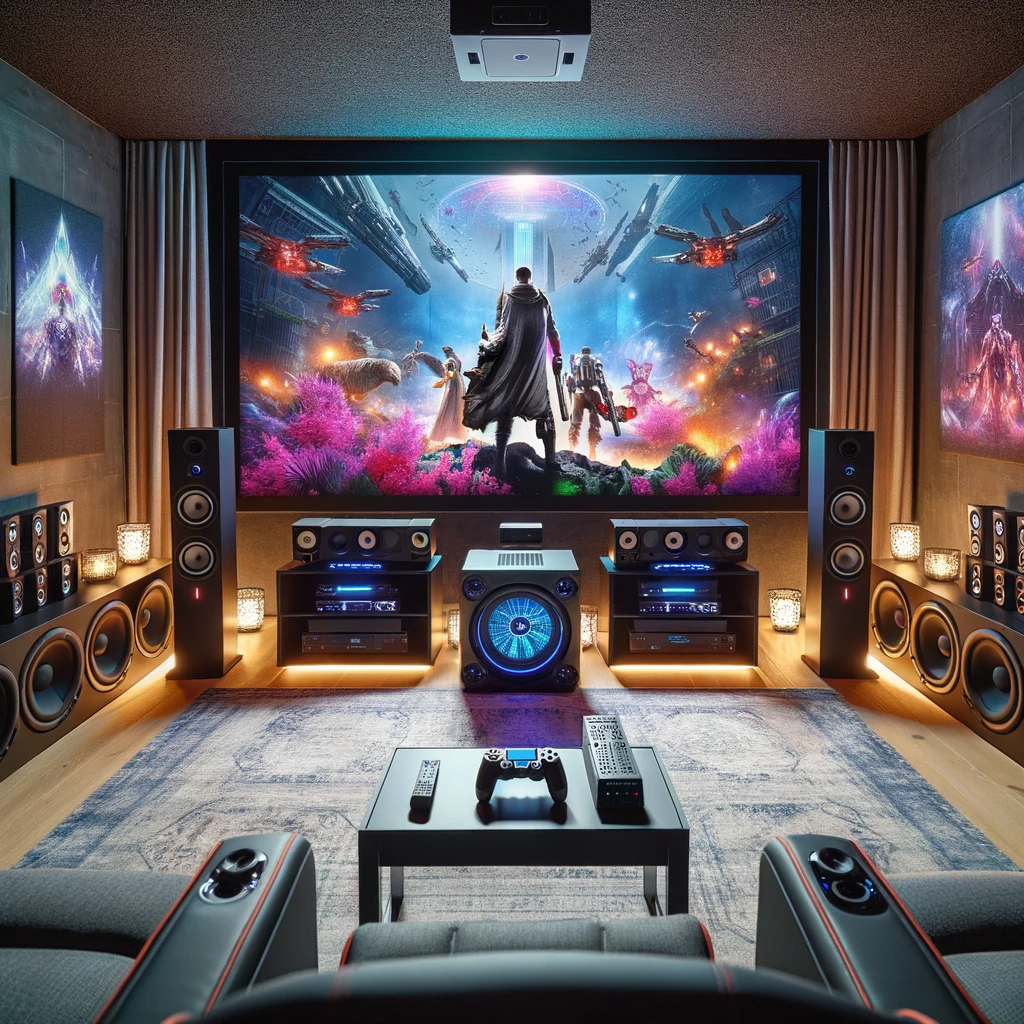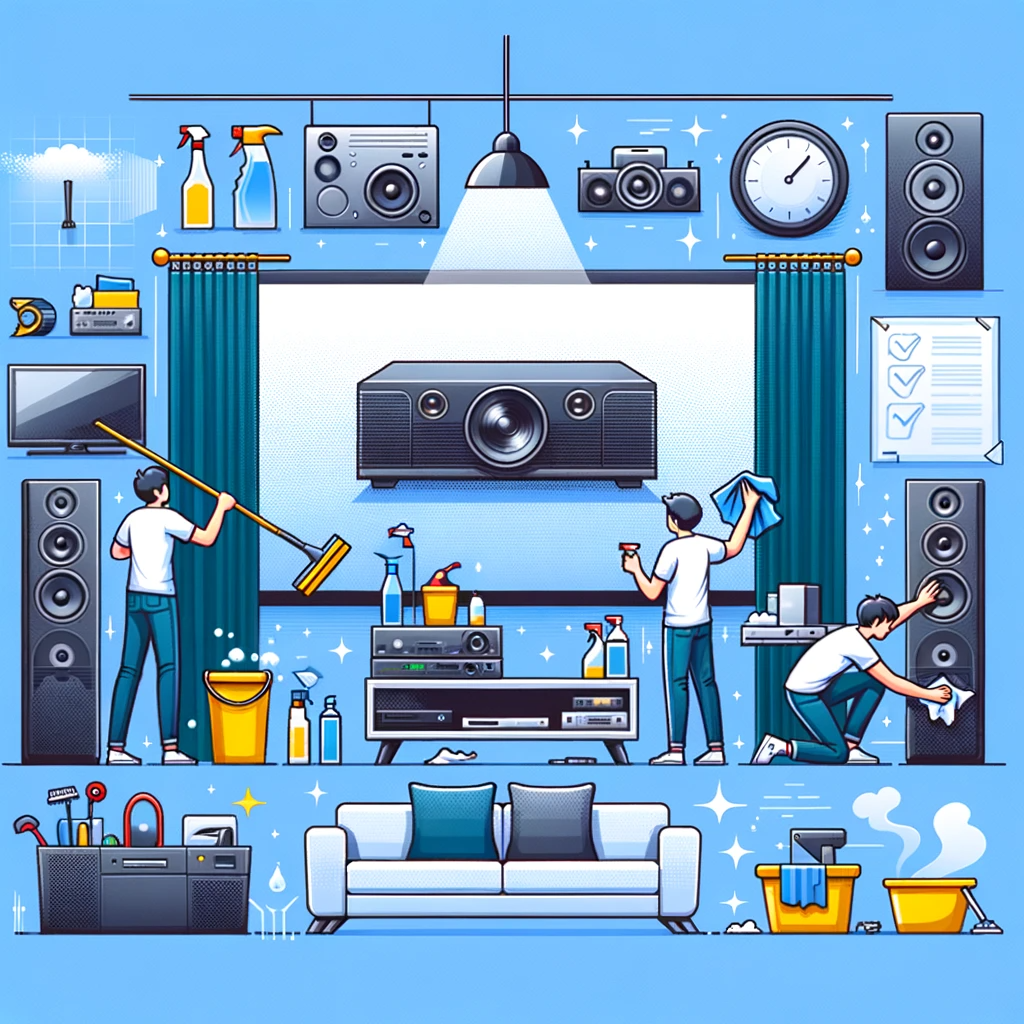Introduction
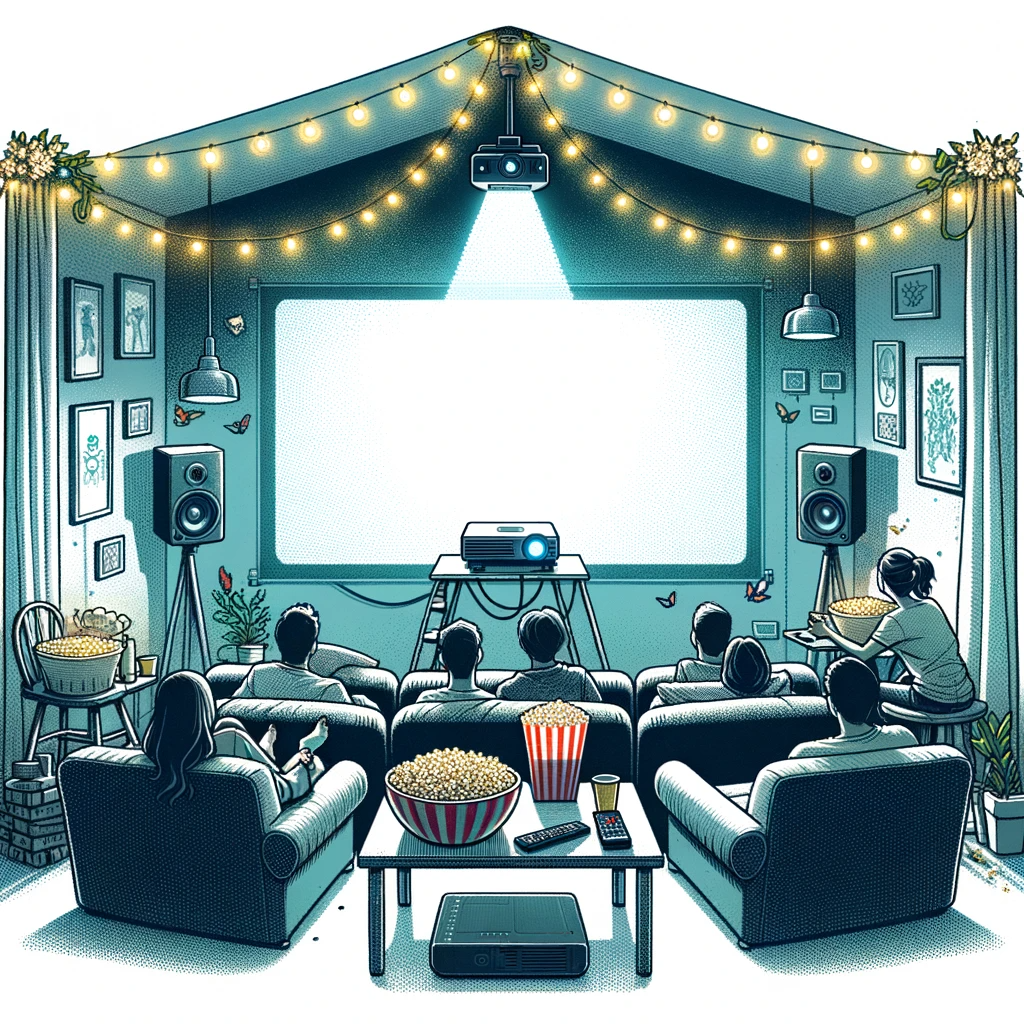
The Ultimate Entertainment Experience: Home Theater
A home theater is a dedicated space in your house that is specifically designed to recreate the immersive cinematic experience of a movie theater. It combines high-quality audio and video equipment to bring the magic of the big screen right into the comfort of your own home.
Unleash Your Inner Film Enthusiast
Having a home theater opens up a whole new world of entertainment possibilities. It allows you to enjoy movies, TV shows, sports events, and gaming with unparalleled audiovisual quality. Whether you’re an avid movie buff, a sports fanatic, or simply love indulging in immersive audio experiences, having a home theater provides an unmatched level of enjoyment and escapism.
Home Theater on a Budget: Exploring Affordable Solutions
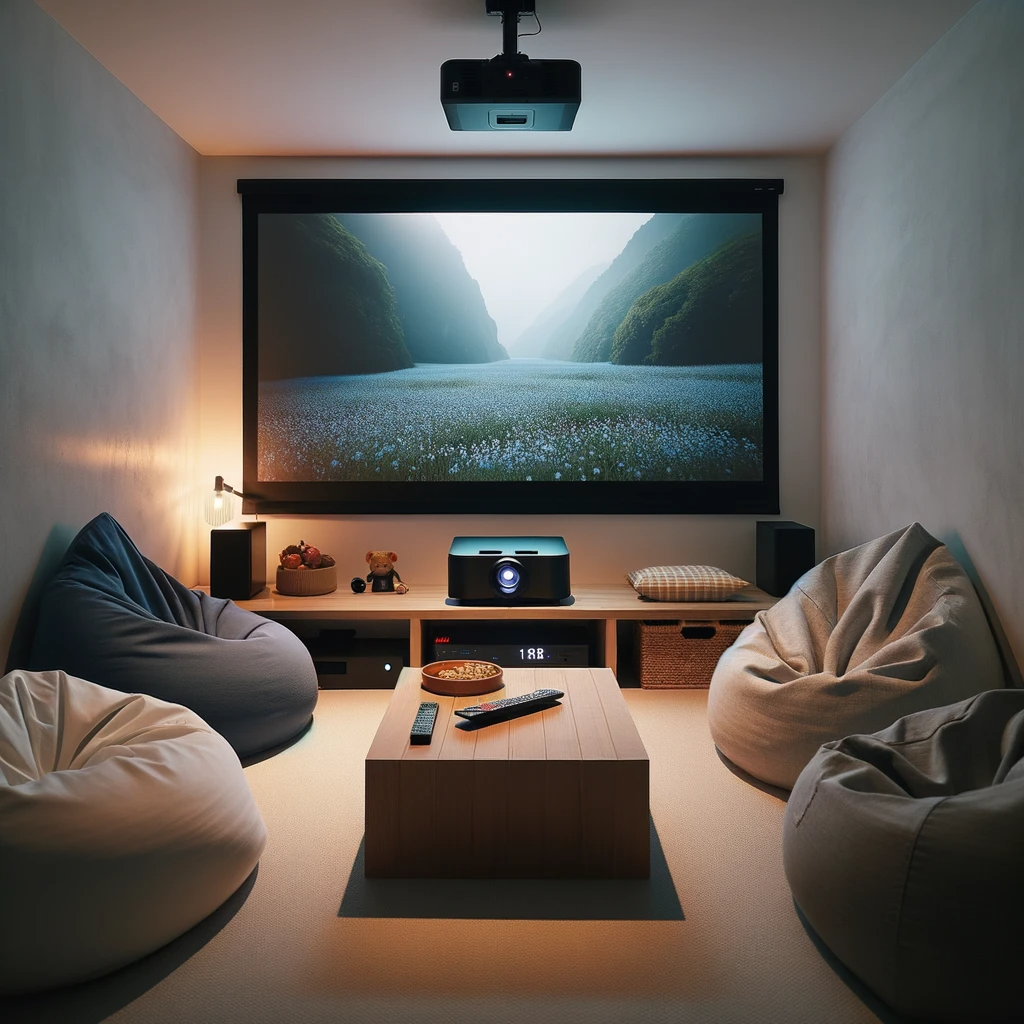
In this comprehensive guide, we will delve into the realm of creating a remarkable home theater experience on a budget. From understanding the basics of home theater systems to setting up the perfect room layout, selecting suitable equipment that fits your budget constraints, and even exploring do-it-yourself projects – we’ve got you covered!
Get ready to transform your living space into an incredible entertainment hub without breaking the bank. Let’s dive into the world of “Home Theater on a Budget” and discover how you can achieve impressive results without compromising on quality or enjoyment.
Components of a Home Theater System
Home theater systems consist of various components that work together to create an immersive audio and visual experience.
- Display options such as a TV or projector provide the visual element of the home theater.
- Audio options, including speakers and soundbars, are responsible for delivering high-quality sound.
- Source devices like Blu-ray players and streaming devices provide content for viewing.
- Connectivity and cables are essential for connecting all the components together.
Display Options: TV or Projector
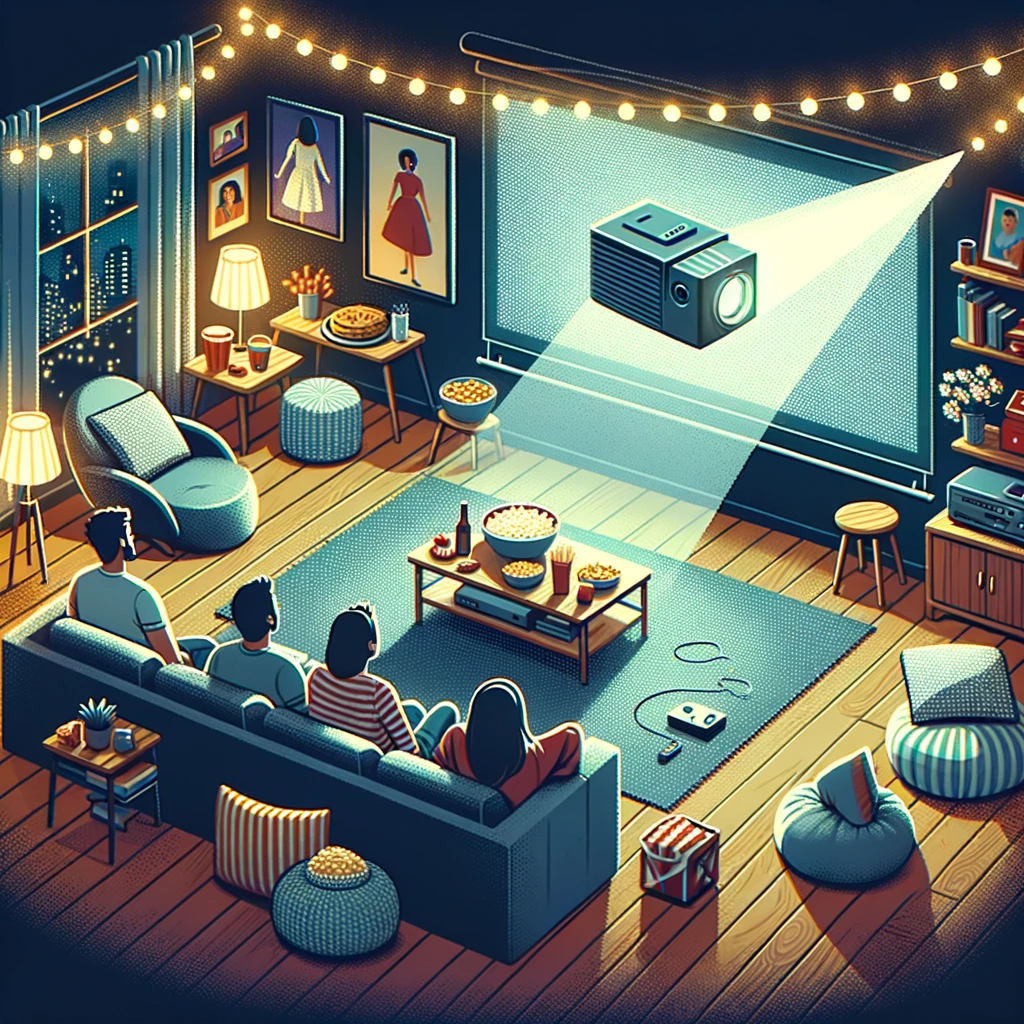
TVs are a popular choice for home theaters due to their convenience and affordability. They come in various sizes, resolutions (such as 4K or HD), and display technologies (like LCD or OLED), providing options to suit different budgets and preferences. Consider factors like screen size, picture quality, refresh rate, and smart features when selecting a TV for your home theater.
Projectors offer an alternative option with the advantage of creating a large screen experience. They can project onto a blank wall or a dedicated projection screen.
Projector technology has advanced significantly, with models offering high resolution, bright images, and even support for 3D content. However, projectors require proper placement and ambient light control to achieve optimal picture quality.
Audio Options: Speakers or Soundbars
Speakers play a crucial role in recreating cinematic sound in your home theater. A typical surround sound setup consists of several speakers placed strategically around the room: – Front speakers positioned on either side of the display provide most of the audio details.
– Center speaker enhances dialogue clarity by reproducing center-channel sounds.
– Surround speakers create an immersive sound stage by enveloping you with audio from behind or on the sides.
– Subwoofers handle low-frequency sounds such as deep bass effects.
Alternatively, if space is limited or you prefer simplicity, soundbars offer an all-in-one solution.
They are long, slim speakers that can be placed beneath the TV or mounted on the wall. Soundbars provide a virtual surround sound effect, often utilizing technology like Dolby Atmos to create a sense of height and depth in audio.
Source Devices: Blu-ray Players and Streaming Devices
Blu-ray players are ideal for movie enthusiasts who want to enjoy high-definition content with superior picture and sound quality. They support Blu-ray discs, DVDs, and sometimes even streaming services.
Look for features like upscaling capabilities that enhance the picture quality of standard DVDs. Streaming devices have become increasingly popular due to their convenience and access to a wide range of online content.
Devices like Apple TV, Roku, or Amazon Fire Stick connect to your TV and allow streaming services like Netflix or Hulu to be easily accessed. They usually offer apps for various streaming platforms and may even include voice control features.
Connectivity and Cables
To ensure proper functionality of your home theater system, it’s crucial to use the right cables for connectivity.
HDMI (High-Definition Multimedia Interface) cables transmit both high-quality audio and video signals between source devices (like Blu-ray players) and displays (like TVs or projectors).
Optical cables carry digital audio signals from source devices to audio systems.
Speaker wires connect speakers to an AV receiver or amplifier.
Ethernet cables enable stable internet connections for streaming devices if Wi-Fi is not reliable.
Using suitable cables ensures seamless communication between components, minimizing signal loss or interference that could degrade picture or sound quality in your home theater setup.
Choosing the Right Room for Your Home Theater
Select the room. Assess the available rooms in your home.
Consider factors such as size, shape, and accessibility.
Choose a room that can accommodate your desired screen size and seating arrangement comfortably. Ensure there are no obstructions or irregularities that may affect the viewing experience.
Room Acoustics and Soundproofing Considerations
Evaluate room acoustics. Determine the natural acoustic properties of the room by considering its size, shape, and materials used in construction. Avoid rooms with excessive echo or reverberation, as it can negatively impact sound quality.
Placement of Speakers for Optimal Sound Quality
Position speakers correctly. Place your front speakers at ear level when seated to ensure clear dialogue and accurate sound staging. Install surround speakers at appropriate angles to create an immersive audio experience.
Soundproofing Techniques to Enhance Audio Experience
Soundproof the room effectively. Use acoustic panels on walls to absorb excess echoes and improve sound clarity.
Install curtains or blinds with heavy fabrics to block outside noise from entering your theater space. Seal any gaps or cracks in windows and doors to minimize sound leakage.
Section IV: Selecting the Right Equipment within Your Budget
Researching and comparing different brands and models
To make informed decisions, research and compare various brands and models of home theater equipment. Look for reputable brands known for their quality and reliability. Compare specifications, features, and prices to find the best options within your budget.
Factors to consider: picture quality, audio performance, features
Consider important factors such as picture quality, audio performance, and features when selecting home theater equipment. For display options like TVs or projectors, prioritize high-resolution displays with good color reproduction.
Look for audio options that provide immersive sound with clear dialogue reproduction. Consider additional features like smart capabilities or connectivity options that enhance convenience.
Reading reviews and customer feedback
Before making any purchases, read reviews and customer feedback about the equipment you’re considering. Reviews can provide valuable insights into real-world performance, durability, and user experiences. Pay attention to both professional reviews from trusted sources as well as user reviews to get a comprehensive understanding of the product’s pros and cons.
Optimizing your budget by prioritizing essential components
When working with a limited budget, prioritize essential components based on personal preferences. If you’re more interested in visuals than audio, allocate a larger portion of your budget towards the display option such as a high-quality TV or projector. Conversely, if audio is more important to you, invest in quality speakers or soundbars that deliver immersive surround sound experience within your budget constraints.
Investing in quality display or audio equipment based on personal preferences
Consider investing in high-quality display or audio equipment that aligns with your personal preferences for an enhanced home theater experience. If you are a movie enthusiast who values stunning visuals, focus on acquiring a reliable display option that offers excellent picture quality. On the other hand, if you are an avid music listener who prioritizes rich audio experiences, allocate your budget towards high-quality speakers or sound systems that reproduce accurate and immersive sound.
Considering refurbished or second-hand options for cost savings
To maximize your budget, consider exploring refurbished or second-hand options. Refurbished products often come with warranties and have undergone thorough testing and repairs to ensure they perform like new. Purchasing from reputable sellers can offer significant cost savings without compromising on quality.
Likewise, buying second-hand equipment from trusted sources can be a viable option for obtaining well-maintained home theater components at lower prices. Remember to thoroughly research the condition of any used equipment and verify the seller’s credibility before making a purchase decision.
DIY Home Theater Projects on a Budget
Building your own screen using affordable materials
1. Choose a suitable projection screen material.
Consider using white blackout cloth or spandex fabric as they are affordable and provide decent image quality.
Ensure the material is stretchable and wrinkle-free for a smooth viewing experience.
2. Construct your DIY screen step-by-step.
Measure the desired screen size and mark the dimensions on the chosen material.
Cut the material accordingly, leaving some extra fabric for stretching and securing it to a frame or wall.
Attach the material tightly to the frame or wall, ensuring there are no wrinkles or sagging areas that could affect image quality.
Test the projection by connecting your source device and adjusting settings as needed.
Creating surround sound with bookshelf speakers
1. Utilize DIY speaker placement techniques for optimal audio experience.
Position bookshelf speakers at ear level when seated in the listening area to achieve balanced sound distribution.
Place them at an equal distance from each other, forming an equilateral triangle with your central seating position.
-Experiment with different placements, angling speakers slightly inward towards the listening area for improved stereo imaging.
2. Enhance audio performance without breaking the bank using these tips:
Optimize speaker positioning by experimenting with different angles and distances from walls to reduce unwanted reflections or bass buildup in smaller rooms.
Use foam stands or isolation pads under bookshelf speakers to minimize vibrations transferred to surfaces, improving clarity in sound reproduction.
Remember, while these DIY projects can save you money, they require time, effort, and attention to detail. With careful execution of these steps, you can enjoy a budget-friendly home theater experience that doesn’t compromise on quality.
Maximizing Audio Performance within Your Budget
Building a DIY Subwoofer Enclosure for Richer Bass
You can enhance the bass performance of your home theater system without spending a fortune by building a DIY subwoofer enclosure. Start by selecting a subwoofer driver that fits your budget and desired specifications. Then, follow step-by-step instructions to construct an enclosure that is compatible with the chosen driver.
Properly sealing the enclosure and incorporating internal bracing will help minimize unwanted vibrations and maximize bass response. With some research and basic woodworking skills, you can achieve deep, impactful bass at a fraction of the cost of pre-built subwoofers.
Tweaking Speaker Placement for Optimal Soundstage
Experimenting with speaker placement can significantly improve the soundstage in your home theater without breaking your budget. Start by placing your speakers at ear level, ensuring they are equidistant from each other and properly angled towards the listening area. Consider using foam or isolation pads to decouple speakers from surfaces to prevent vibrations and resonance interference.
Additionally, try positioning speakers away from walls or corners to minimize unwanted reflections and enhance clarity. These simple adjustments can have a noticeable impact on imaging, separation, and overall audio quality in your home theater setup.
Conclusion
Creating an impressive home theater experience on a budget is not only achievable but also rewarding. By researching and comparing different equipment options within your price range, optimizing essential components based on personal preferences, and exploring DIY projects to enhance audio performance, you can build an immersive home theater without breaking the bank.
Remember that creativity and attention to detail are key when it comes to maximizing audio performance within your budget.
With careful planning, thoughtful placement of speakers, building DIY solutions such as subwoofer enclosures or screen materials, you can elevate your audio experience while staying within financial constraints. So, embrace the challenge of creating a budget-friendly home theater and enjoy the satisfaction of designing a space where entertainment comes alive.
